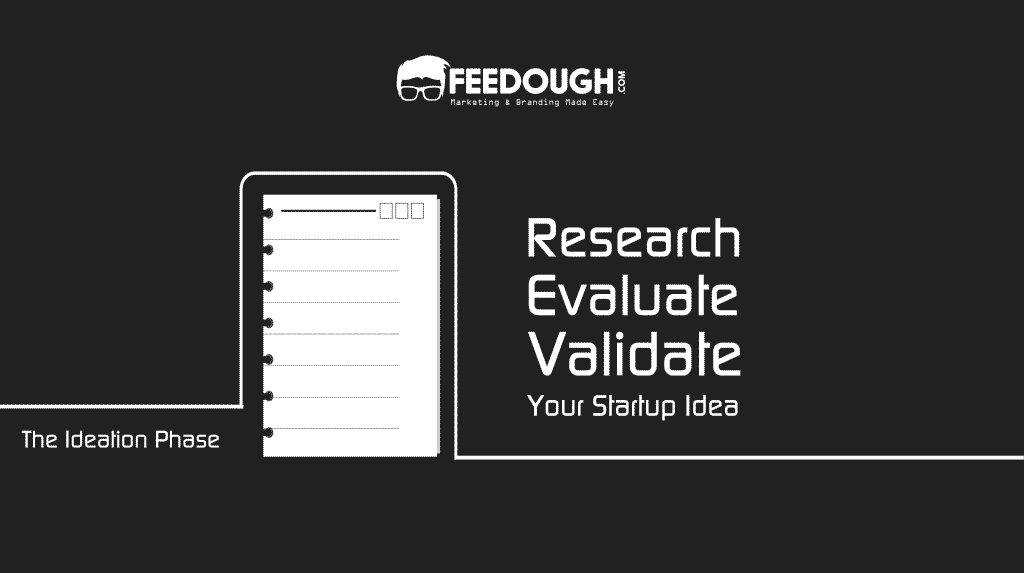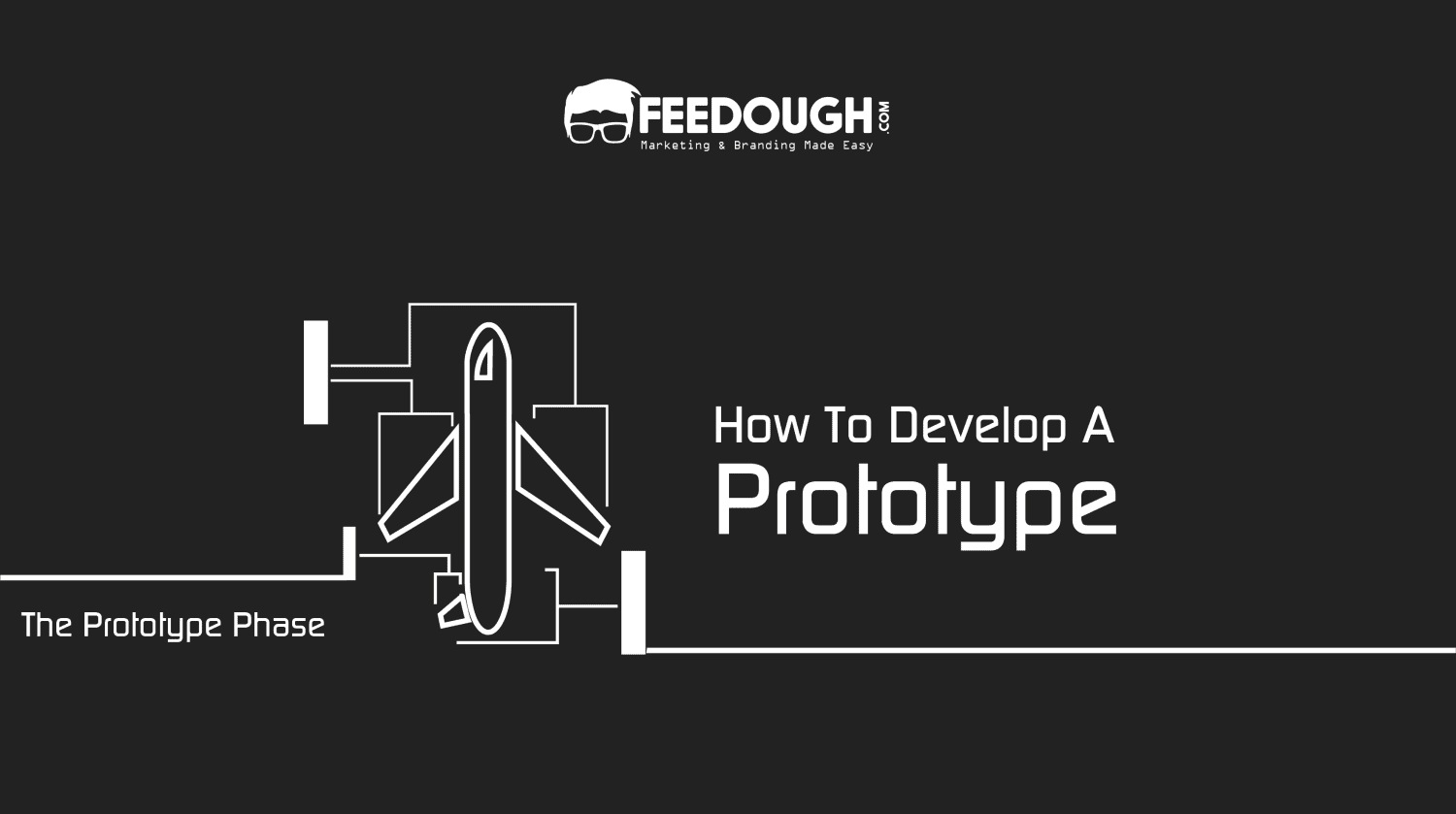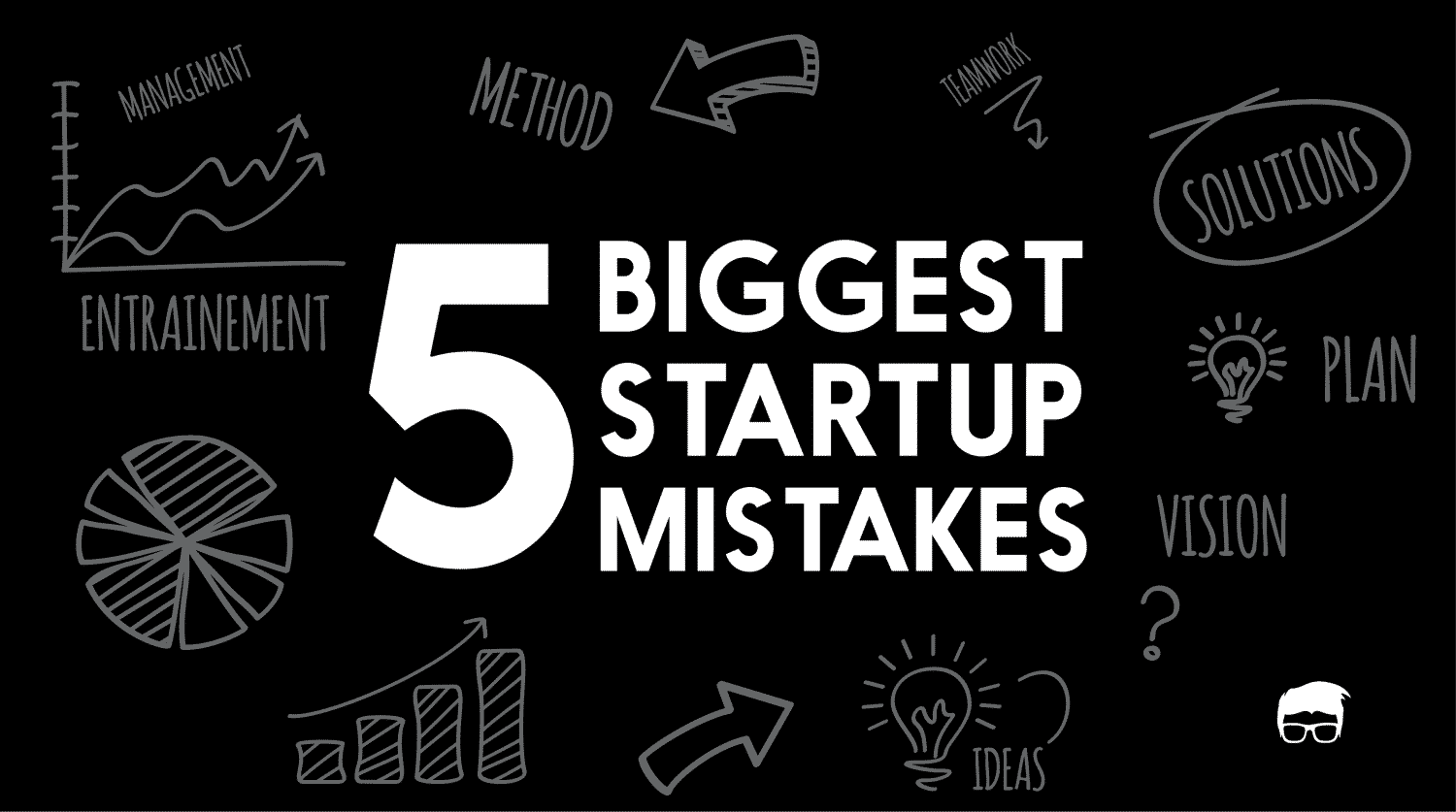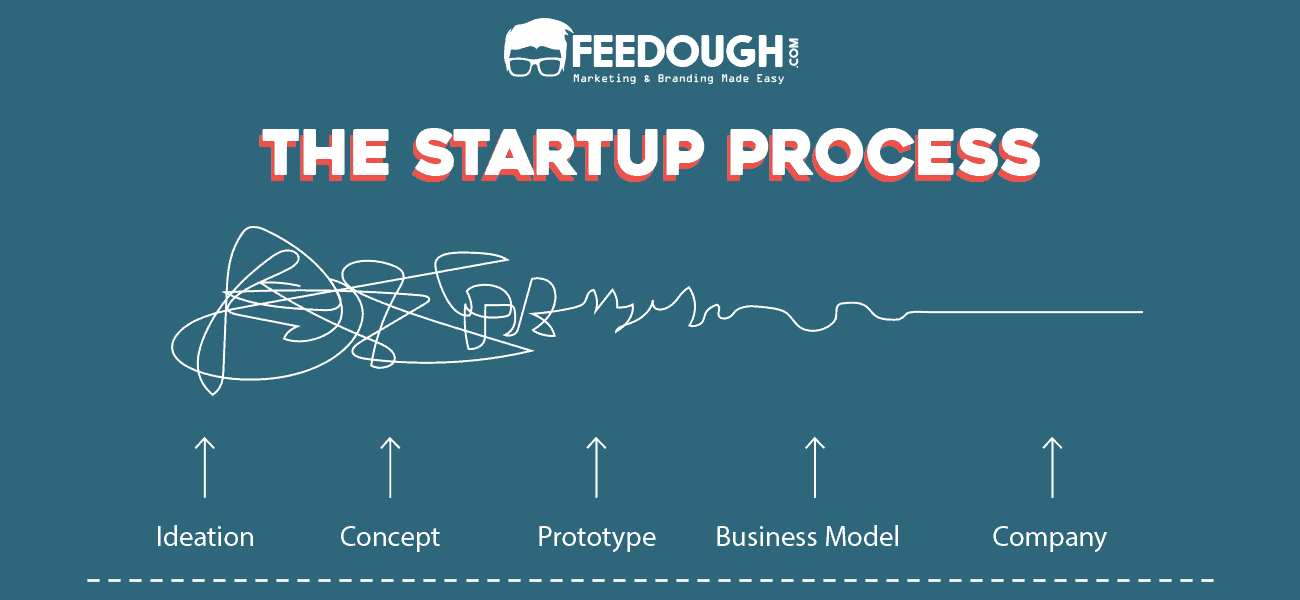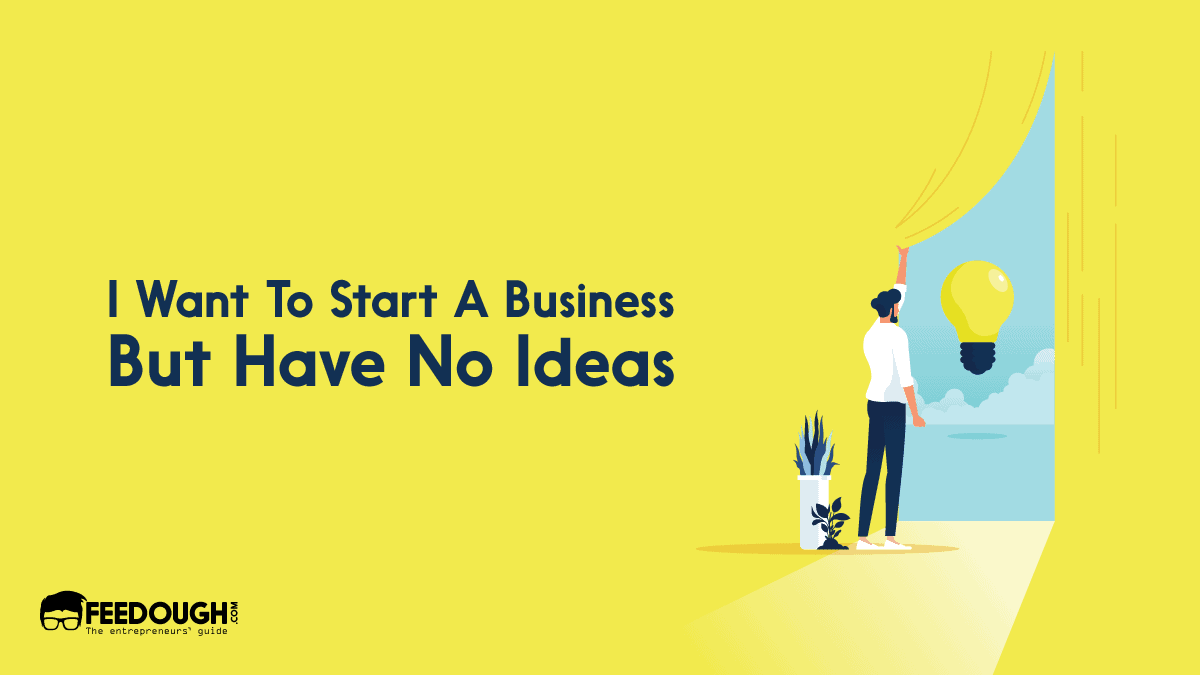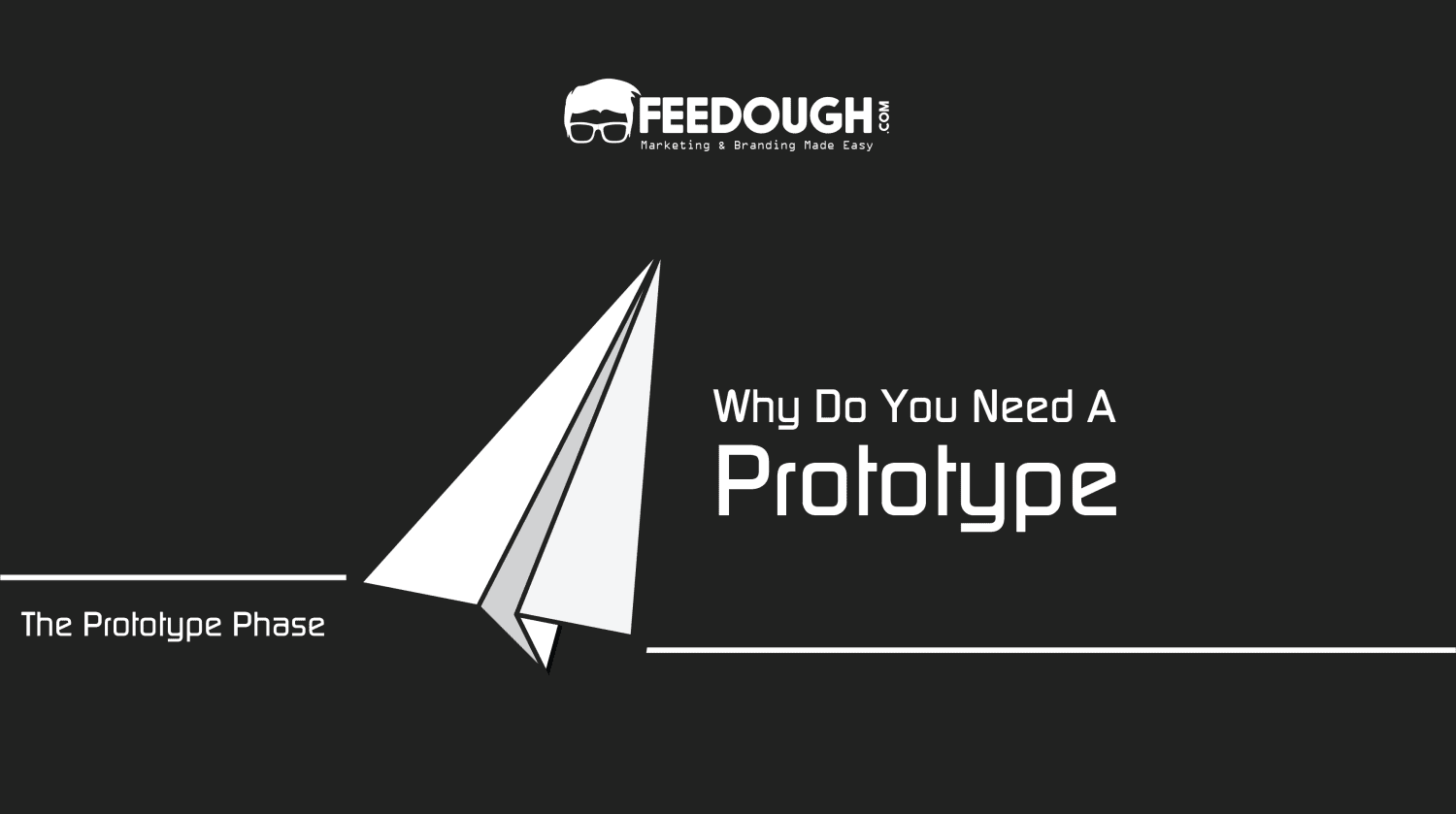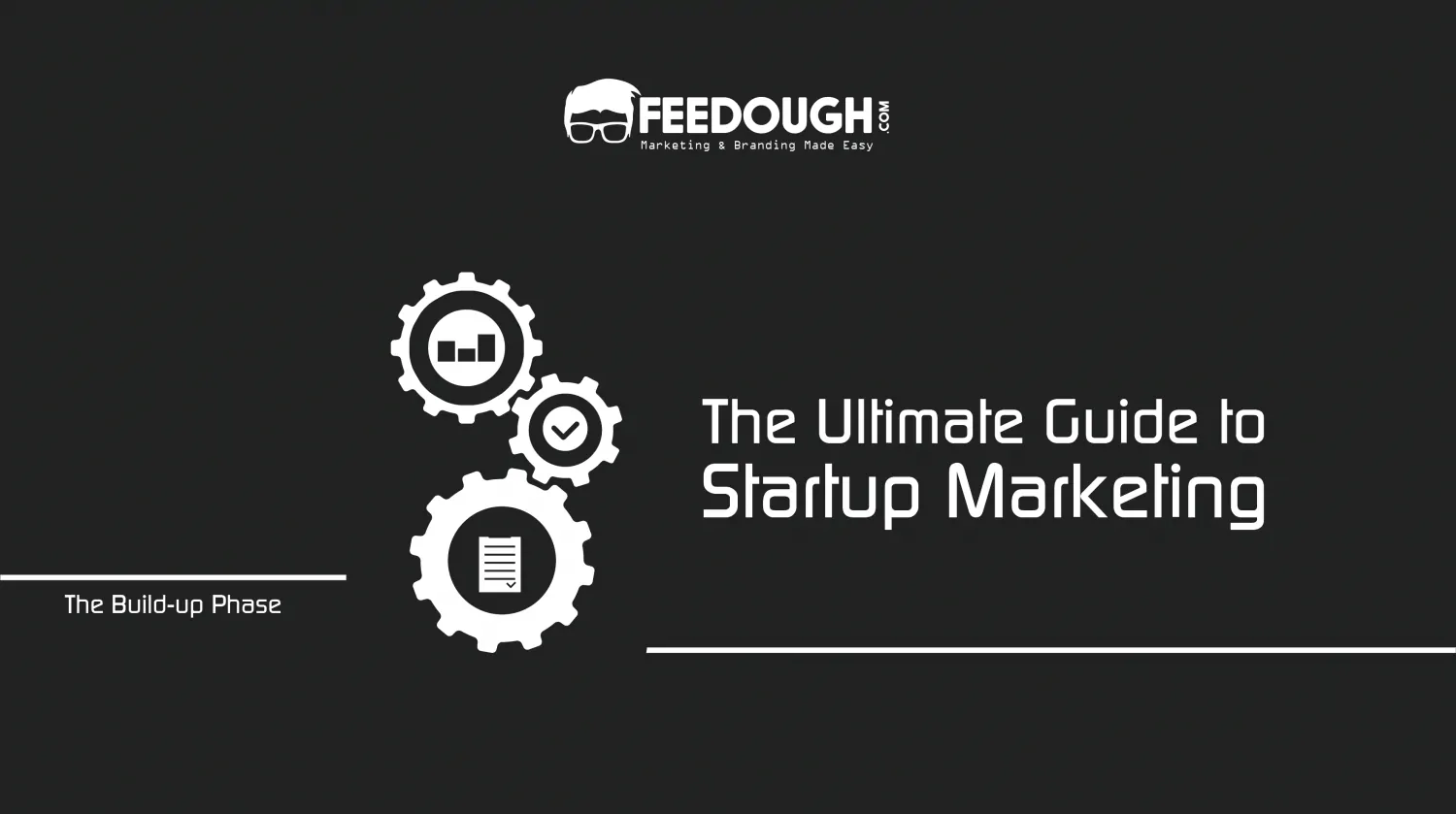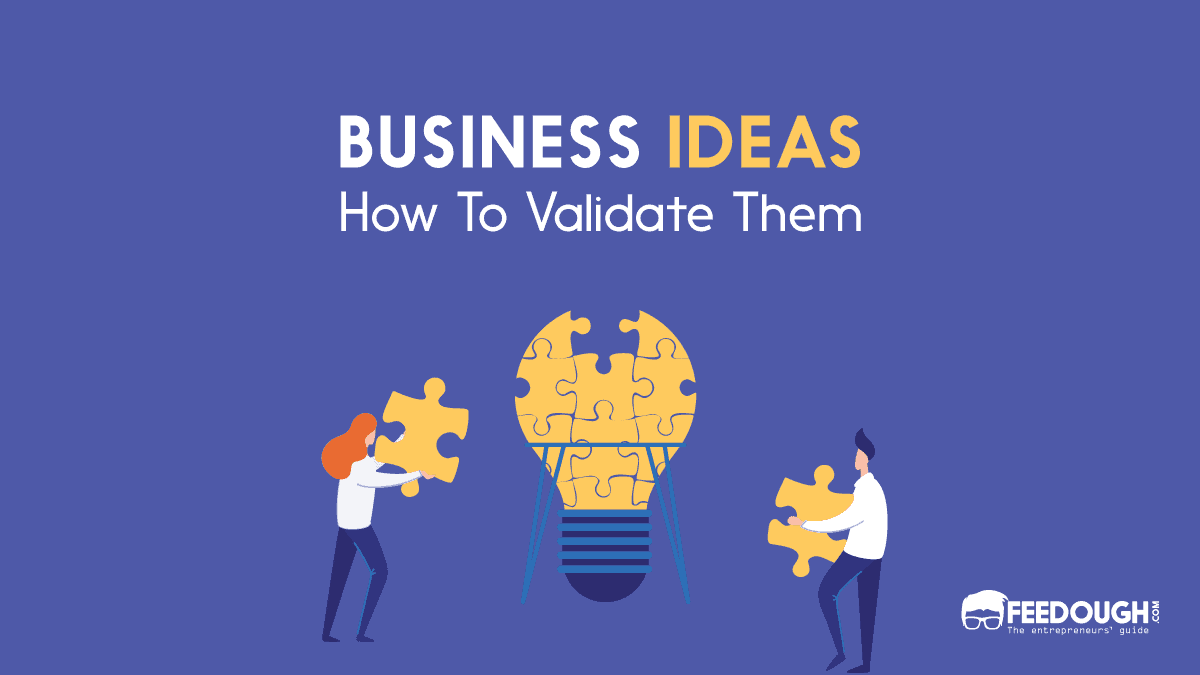They say the first step is always the toughest. Once you know what product you want to make and what industry you want to be in, you start getting a direction of where and how to proceed. But how do you know which niche to target or which gap to address? It can be intimidating but let’s add some order to the chaos and ease off your anxiety. Startups are considered inherently chaotic but there is always a method to the madness. The good news is you can always validate your idea before you decide to jump the gun and pour all your money on a sure-to-be-doomed idea.
Ideating can be tough when almost every idea you can think of already seems to be present. But new products still seem to get launched every day. So how do you ideate?
Ideation
Identify a Gap or Pain Point
The first step in ideation is to identify where the gaps lie in the market. Understanding and solving a customer pain point is a great way to make sure your product reaches as many people as possible because everyone likes a smooth and pleasing experience.
Getting a cab at any place at affordable rates, especially at odd hours had always been a hassle for people. Accountability and customer service were always poor for cabs till Uber identified these problems and solved them. Uber not only took care of the rider’s pain points but the driver’s pain points too.
Look for Unserved Niches
Choose niches carefully which are still unserved. Unserved niches have the highest market potential. While others might be oblivious to certain problems and be happy with the status quo, you can change the consumer behaviour by making people realize that your product is something that they have always wanted but never knew they wanted.
Most people did not even know they wanted Netflix till they got a taste of it and now Netflix is so popular that it has become a verb (a measure of success in the tech world) when it comes to watching content online.
Utilize your Own Experience
If you have worked in an industry and know everything about it, then you should use that experience and knowledge to identify problems and solve them. Converting your expertise into your business will not only add immense value to the customers, it will also make the business model and the service provided, difficult for others to replicate.
Use Latest Trends to Your Advantage
Nobody wants to get into a dead or stagnant market. When you see the latest trend in the market, capitalize on it and incorporate it into your product. It will make your marketing easier, get your product more eyeballs and rake in lots of moolah.
Criteria of Evaluation
How is your Idea Different?
You and your competitors are in the same industry and are trying to solve similar problems. The points of differentiation in either service or pricing or some other parameter must be strong enough for your target audience to flock to your product and not to your competition.
Analysis of Market
Use market research to determine the initial interest in your product idea and identify the right target audience. Again this is just to evaluate your idea and does not truly validate it. Customers might think they like something but might not use it when it is launched in the market. Product and customer validation is covered in the coming sections.
They say knowing your competition is half the battle won. Your competition might be doing some great work and benchmarking yourself against them will only help you improve your product and service. Identify their best practices and use them to improve your external and internal processes. Getting a sense of the market share is also very important to understand where you stand vis-à-vis your competitors and how to devise your entry strategy.
Cost/Budget Analysis
An analysis of implementation costs and other expenses involved including marketing costs is necessary to understand if it is feasible to move ahead with the idea.
Scalability
Your idea should be scalable i.e. it should be able to meet continuous standards while it is being replicated without the need for it to be constantly reproduced or reinvented.
Stickiness
Does your product have the necessary characteristics to not just solve a user problem but become a user habit? Stickiness directly translates to the emotional appeal of the product and not just its functional benefits. To determine how sticky or habit-inducing your product is, use the Hooked model. This is the most popular model for developing habit-forming products and it will help you drive your customer engagement.
Profitability
When starting out, lots of investments are required to alter user behavior. So many e-commerce companies have run themselves all dry with huge discounts to get people used to online shopping. But your idea and the associated revenue model needs to generate profits in the long run to be sustainable. Profitability depends on a lot on operational costs but having the correct revenue model is of utmost importance.
Methods of Evaluation
As we are trying to add more order to the initial ideation phase, the idea evaluation stage can be handled with certain methods.
Pass-Fail Evaluation
When there is a large number of ideas to be reviewed, a pass-fail evaluation becomes necessary. This is a simple method which lets you select the best ideas. We have already listed the evaluation criteria for your ideas. There have to be some criteria which the idea MUST pass to move on to the next stage. If an idea satisfies all or most criteria, it passes else it fails. Having just one idea or a few ideas do not require this method.
Evaluation Matrix
This method is more sophisticated than simple Pass-Fail Evaluation. The Evaluation Matrix is an array of an idea against a set of criteria. How well an idea meets a criterion has to be recorded on a scale of 0-5 or 0-10 and then an overall score is generated. Suggestions for improvement for an idea should also be mentioned to improve its score. The ideas with the highest scores can be selected for further review.
SWOT Analysis
The good-old SWOT Analysis has been in the tool-kit of every marketer since time immemorial. When evaluating ideas, it can prove to be very handy as it offers a very rounded view of every idea since it takes into account the strengths, weaknesses, threats, and opportunities related to every idea. The best ideas will rank highly in terms of strengths and opportunities and will have very few weaknesses and threats associated with them.
[the_ad id=”660″]
Idea Validation
Tons of people build businesses around ideas that never appeal to the customers and thus those ideas never sell. All the time and money go down the drain. You might think that you already know what the customer wants. Initial market research might make you believe that customers would love your product. But when the product actually arrives on the shelves, nobody cares about it. A market survey can sometimes be pretty useless since it’s still a hypothetical product. That is when idea validation or to be precise, product validation becomes so important. Validation of ideas can be done very quickly if you follow the right approach.
The right approach, more often than not, when it comes to idea validation is the proof of concept [POC]. A proof of concept is a well researched documented evidence that the proposed product and service is feasible and can be successful.
POC reinforces the Research-Learn-Repeat approach which lets you validate your concept based on the data collected in the research and evaluation phase and come up with the assumptions regarding the needs, wants and usage of the consumers you’re targeting to. The idea is to validate the concept and not getting into the usability and interface of the product.
The proof of concept structure can be divided into four parts:
Proof of Market
You need to prove the presence of the demand for the product you’re planning to offer to validate your idea. The data generated at the time of the market research can be used for this process. Presence of players providing similar product or service serve as a great proof of market for your product.
Proof of Utility
Consumer psychology is of vital importance while validating your idea. The proof of utility can be generated through qualitative and quantitative research methods like focus groups, market Interviews, surveys, etc.
Proof of Product
Proof of market and utility has to be supported by the proof that a feasible product can be built around the idea. This involves specifying and validating the technical aspects and other aspects relating to logistics, human resource, etc.
Interpretations & Assumptions
The proof of concept not only results in a clear yes or no answer to whether the idea is viable but also results in many interpretations and assumptions about the utility and positioning of the product which are further validated in the future phases of the startup process.
The Startup Process
We know how important your dream business is to you. Therefore, we’ve come up with an all in one guide: The Startup Process to help you turn your vision into reality.
Now that you know How to Research, Evaluate and Validate Your Startup Idea, let us move on to the Co-Founder Phase.
Product Guy. Introverted Marketer. Engineer by education. Movie and TV Geek by nature. Can be seen reading comics and non-fiction books when not binging on movies and Netflix shows. Pop-culture junkie. Out and out foodie. Wee bit self-obsessed.”
